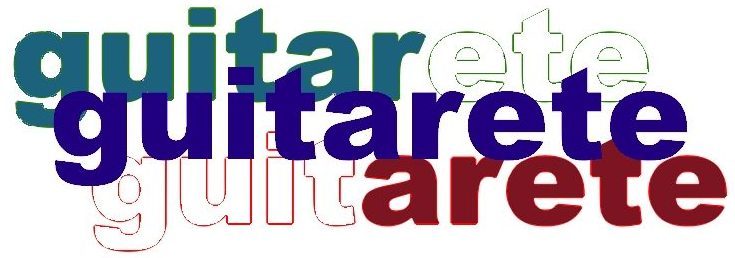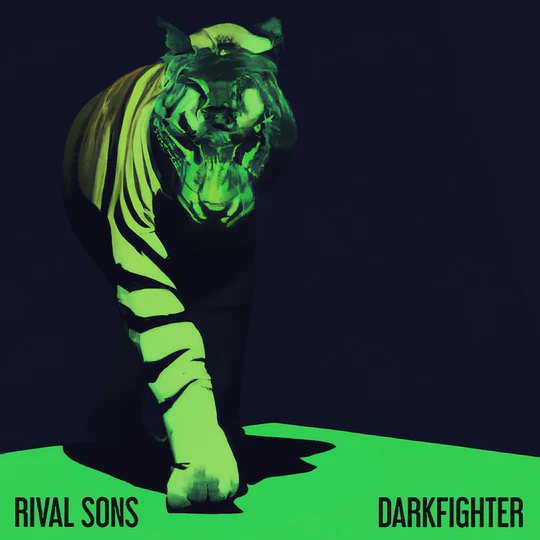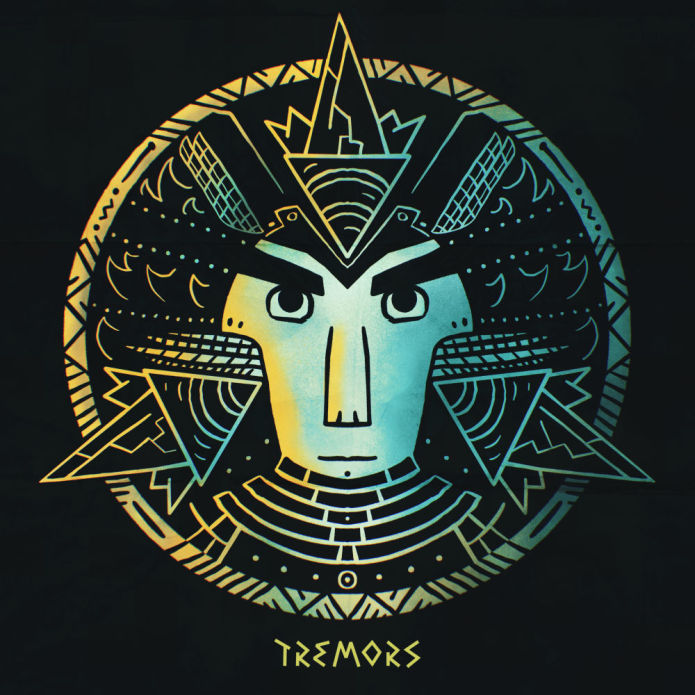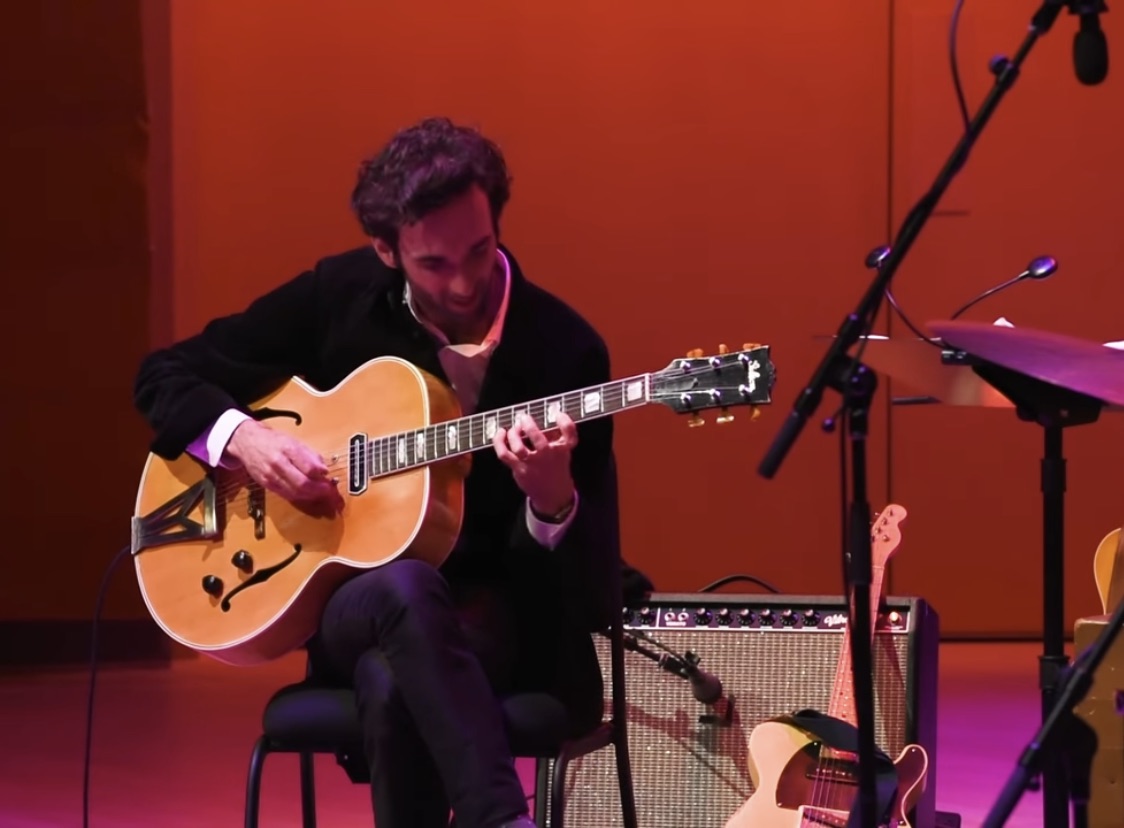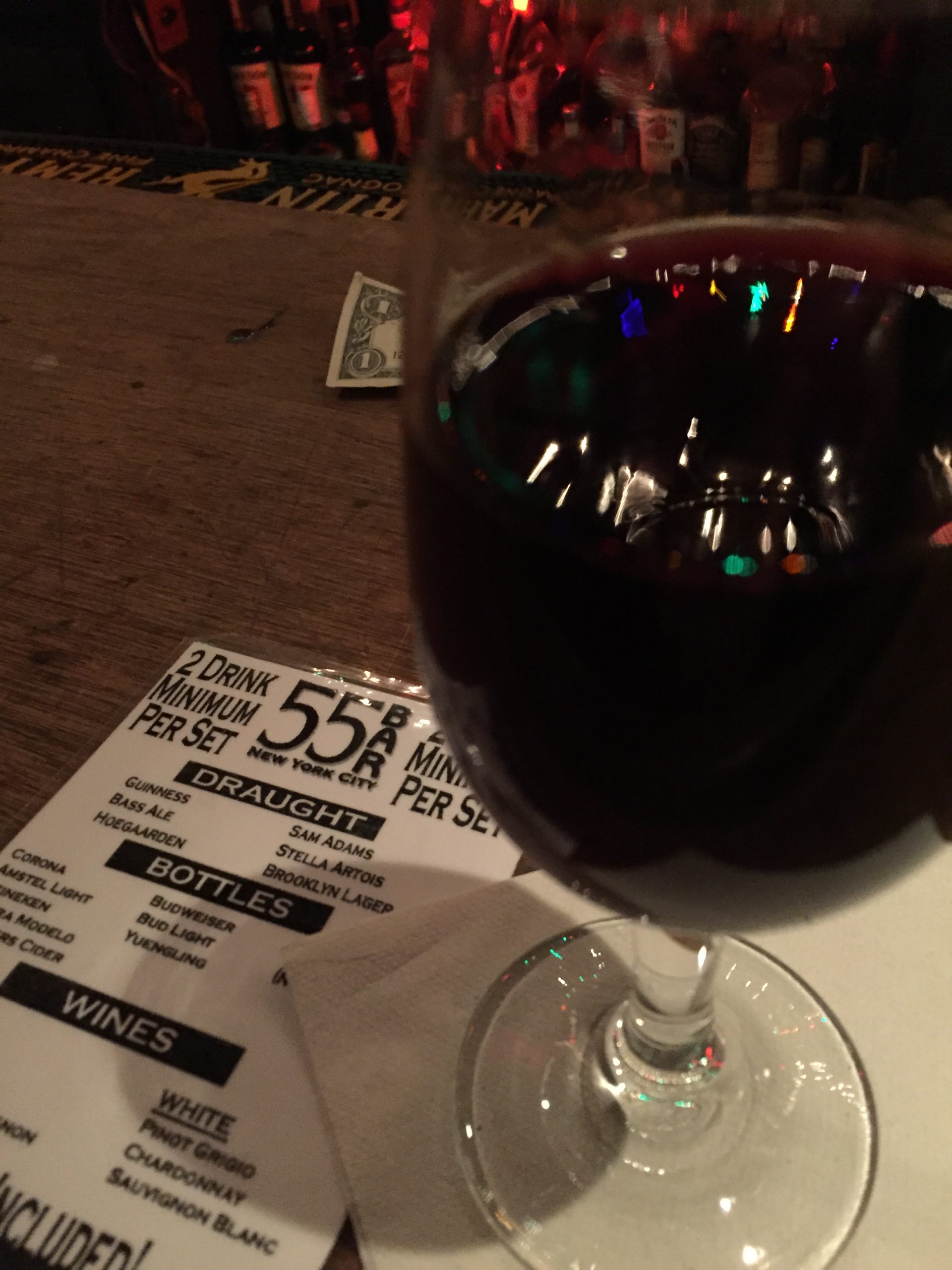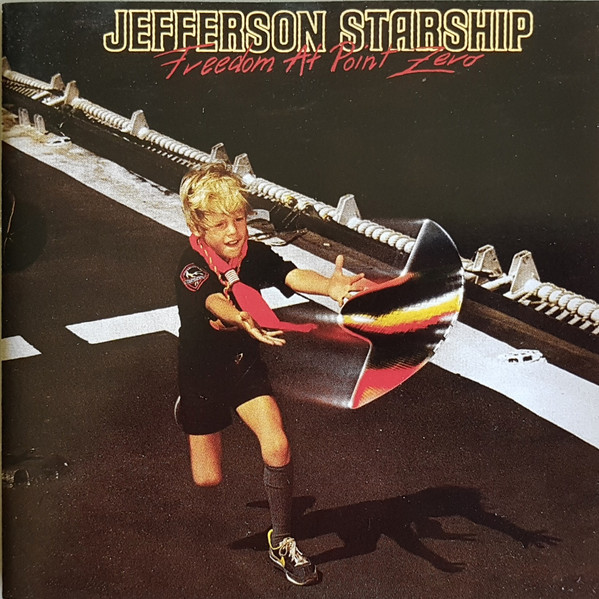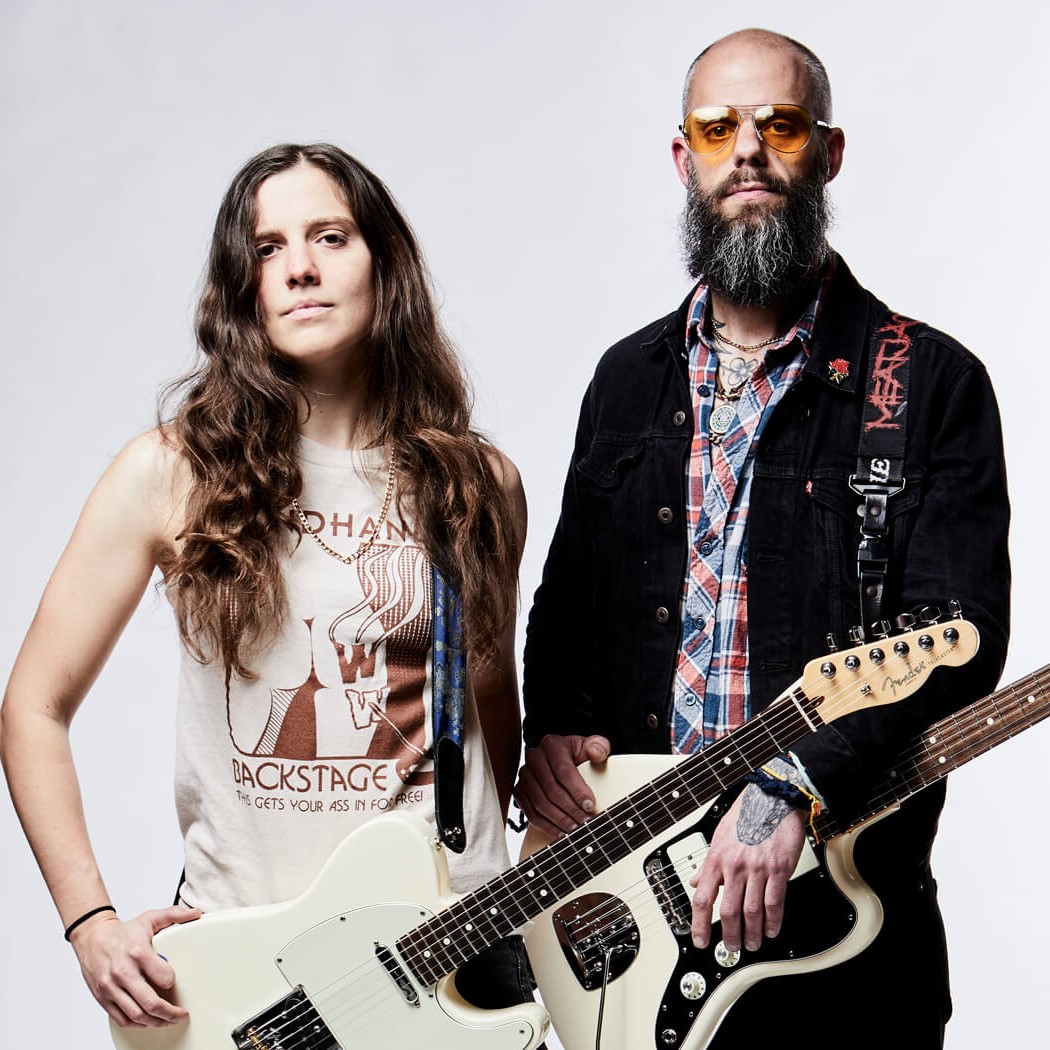Pat Metheny’s presence in Joni Mitchell’s touring band is one among his rare appearances as a sideman to an artist from outside the jazz world. Well before his 1979 gig as Mitchell’s lead guitarist, Pat Metheny had in place a sound and style very much his own. Throughout much of the show, he presses his well-known tone—via a Gibson ES-175 into a pair of clean Acoustic combos, gently enhanced with asymmetrical delay settings—into the service of songs distant from his own.
Rival Sons — DARKFIGHTER
There will be fuzz! Scott Holiday will make sure of that! The first single, “Nobody Wants to Die,” indicates tightly written, high energy, fuzz-fueled retro hard rock.
